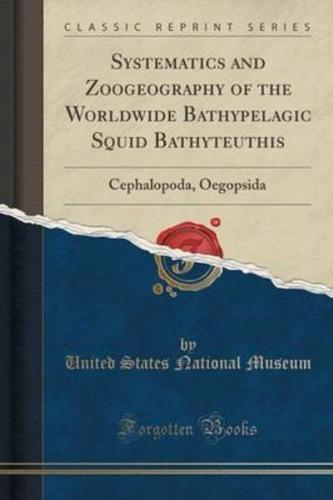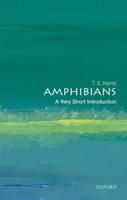Publisher's Synopsis
Excerpt from Systematics and Zoogeography of the Worldwide Bathypelagic Squid Bathyteuthis: Cephalopoda, Oegopsida
Some other groups of the Antarctic marine fauna, however, have been studied more thoroughly, primarily because of the extensive pro gram carried on by the Discomery office. More than 30 volumes of Discovery Reports have been prepared on the biology of Southern Ocean organisms. The systematics and distribution of planktonic and nektonic groups have been presented by Mackintosh (1934, Hardy and Gunther Fraser Baker Tebble Marr and many others.
In 1962 the Office of Antarctic Programs of the National Science Foundation initiated its program in oceanography by the deployment of the usns Eltanin to the Southern Ocean. A biological collecting program of broad scope provided the opportunity to conduct detailed studies on the marine fauna of Antarctica. A grant to study the sys tematics and distribution of Antarctic cephalopods was awarded to G. L. Voss of the Institute of Marine Sciences, University of Miami. As the large collections were sorted and identified, it became increas ingly clear that the cephalopod fauna of Antarctic waters was con siderably more extensive and more complex than had been indicated by all previous surveys. Preliminary sorting and identification of the collections by the writer in the winter of 1965 revealed that approxi mately 30 species of the suborder Oegopsida occur in the Southern Ocean. Some of these species are relatively well known; some represent long extensions in range; several are undescribed. Nearly the same situation holds for the dozen or so nominal species of benthic octopods that are being studied by G. L. Voss. The finned octopods, a perpetual problem group, are rep-resented by about a half - dozen species.
About the Publisher
Forgotten Books publishes hundreds of thousands of rare and classic books. Find more at www.forgottenbooks.com
This book is a reproduction of an important historical work. Forgotten Books uses state-of-the-art technology to digitally reconstruct the work, preserving the original format whilst repairing imperfections present in the aged copy. In rare cases, an imperfection in the original, such as a blemish or missing page, may be replicated in our edition. We do, however, repair the vast majority of imperfections successfully; any imperfections that remain are intentionally left to preserve the state of such historical works.









